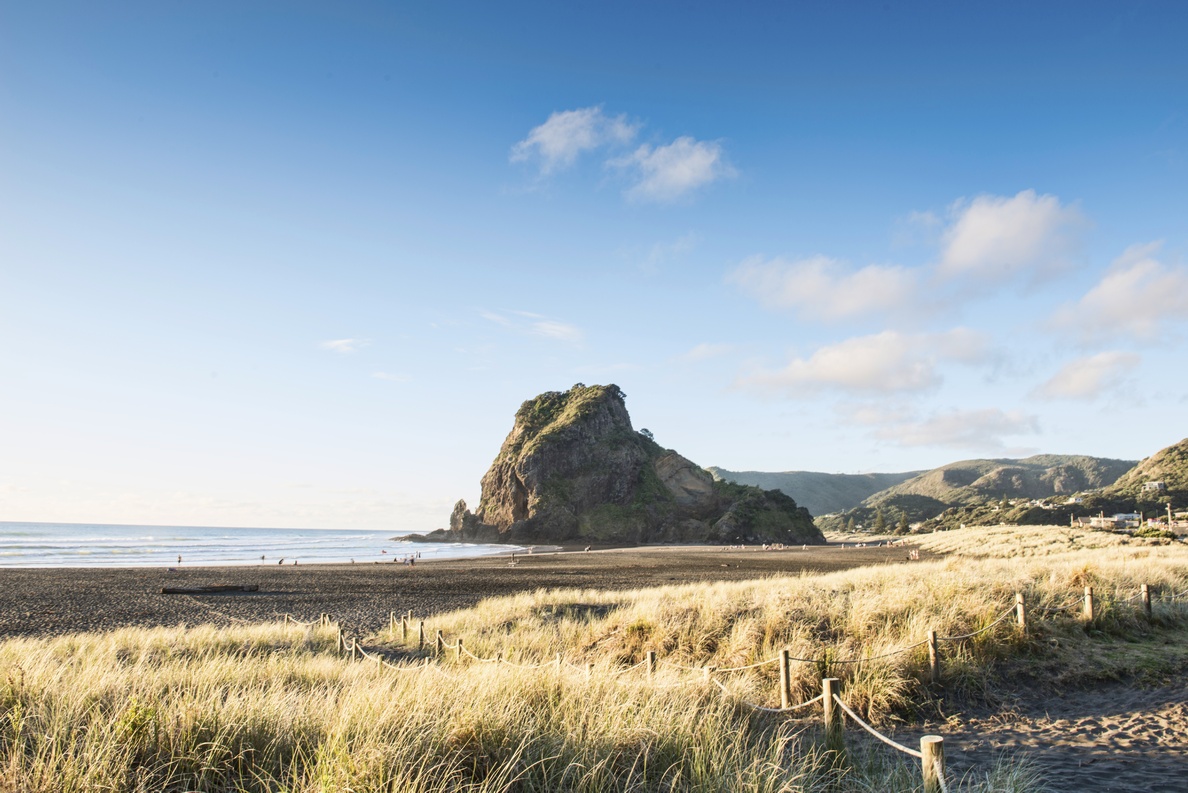Kaipara Harbour targeted marine pest survey May 2019
Author:
Melanie Tupe, Chris Woods, Samantha Happy, Cat BoyesSource:
Auckland Council, Environmental ServicesPublication date:
2020Topics:
EnvironmentExecutive summary
The introduction of new species to an environment in which they did not evolve has been recognised as one of the top threats to ecosystem function and biodiversity. Once established, non-indigenous marine species (NIMS) have the ability to spread quickly compete with native species for food or habitat. These introductions can negatively impact ecological, socio-cultural and economic marine values. Within the marine environment, there are limited tools to manage NIMS incursions, so early detection is essential for improving management outcomes.
In September and October 2006, a baseline survey of marine biota, including NIMS, was commissioned by Biosecurity New Zealand (Biosecurity NZ) and carried out in the Kaipara Harbour by the National Institute of Water and Atmospheric Research Ltd (NIWA). The survey identified 389 taxa, 274 of which were considered native (indigenous), 10 NIMS, 27 cryptogenic (origin unknown), with the remaining 77 taxa being indeterminate (unable to be identified to genus or species level) and one zooplankton species (Inglis et al., 2010). No further surveys have been carried out in the harbour following this original baseline survey. As a result, Auckland Council (AC), Northland Regional Council (NRC) and Biosecurity NZ identified the need to update the current knowledge of NIMS in the Kaipara Harbour
NIWA was engaged to carry out a targeted marine pest survey in May 2019 to detect NIMS currently present in the harbour. The targeted marine pest survey methodology used aligns with the national Marine High-Risk Site Surveillance (MHRSS) programme which surveys 11 New Zealand ports and marinas bi-annually, using five sampling methodologies (crab condos, crab (box) traps, benthic sled tows, diver searches and shore searches). It should be noted that the aims, survey design, sampling effort, and sometimes sampling methodology are fundamentally different between baseline and targeted surveys used for different information purposes.
The survey focused on the detection of primary and secondary target species, as outlined by Biosecurity NZ. A total of 280 sites were surveyed during the 2019 survey, and 14 NIMS were detected (3 target and 11 non-target species), along with five cryptogenic species. No primary target species were detected. The three secondary target species detected were the Asian date mussel, Arcuatula senhousia, the Australian droplet tunicate, Eudistoma elongatum and the clubbed tunicate, Styela clava. A. senhousia and S. clava were found at several locations throughout the harbour, and E. elongatum was detected at three locations associated with aquaculture structures.
Twenty-four specimen sample lots were sent to the Marine Invasive Taxonomic Service (MITS) for formal identification, and seven non-target NIMS and five cryptogenic species were confirmed from these submitted samples. For five of these NIMS, their detection and confirmation of taxonomic identity represent range extensions (recorded for the first time in Kaipara Harbour, but found elsewhere in New Zealand). These NIMS were the colonial tunicates Botrylloides giganteum, Diplosoma listerianum and Eudistoma elongatum, the Australian dog whelk Tritia burchardi and the pink-mouthed hydroid Ectopleura crocea.
Auckland Council technical report, TR2020/008
April 2020
See also
